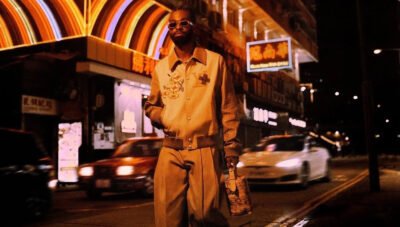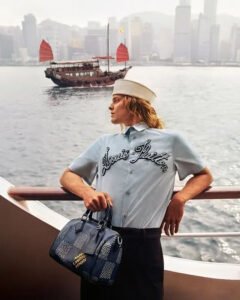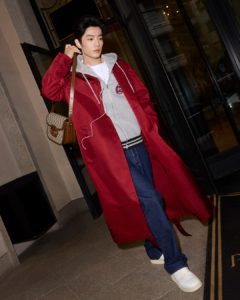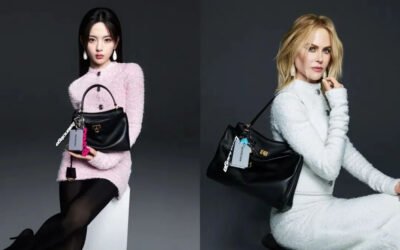They converge on bold expressions of silhouette and color, and instead focus on the ultimate craftsmanship hidden in details, seeking recognition from specific consumer groups.
This part is due to the fact that at the beginning of their establishment, all three focused on leather goods rather than ready to wear clothing, which led to a unique style gene compared to fashion houses such as Chanel or Dior. Gucci, Ferragamo, and Bottega Veneta are more deeply involved in craftsmanship, especially in the innovation and application of leather materials, and lack core styles that can be continuously extracted by ready to wear design. Tod’s and Bally also fit this phenomenon.
But this reason cannot fully explain the creative restraint of these brands. Because in the leather goods category they excel in, most brands have not yet produced a handbag or shoe that can attract market attention.
These three tacitly trace back to classic design and implement the essence of craftsmanship, which is a safety card played during the market contraction period.
Gucci, Ferragamo, and Bottega Veneta are currently in a brand transition period of less than three years after replacing their creative directors. The already unstable foundation, coupled with the unfavorable conditions of overall industry growth slowdown, carries significant performance pressure.
Among them, Gucci, which accounts for up to 50% of revenue in Kaiyun Group, is facing the most severe situation. In the past year, Gucci’s sales have fallen by 6% to 9.873 billion euros, causing Kaiyun Group’s overall revenue to drop by 4% last year to 19.6 billion euros, and its brand Bottega Veneta seems to have fallen into a low demand situation, recording a 5% revenue decline last year.
Riding against the current is not easy, and Gucci will continue to face pressure. Therefore, Fran ç ois Henri Pinault, CEO of Kaiyun Group, emphasized at the beginning of a recent financial report meeting that getting Gucci back on track is the top priority before everything else.
It is reported that Gucci is establishing a new operational model to enhance exclusivity in product, wholesale, and customer interaction, increase brand attention and quality, and reshape itself into a more stable, reliable, and less susceptible to fashion cycle changes.
From post show notes and interviews, Matthieu Blazy’s focus this season is on the resilience brought by the fundamental essence of life, extracting inspiration from everyday scenes and creating fashion that can be placed in ordinary life. For this reason, he removed the intricate embroidery or decorations from the previous season and replaced them with the details woven into each fabric to return to the very essence of the clothing.
Since Matthieu Blazy took over, Bottega Veneta’s design style has returned to maturity and understated, highlighting craftsmanship and luxury. His works require the audience to patiently and quietly watch, filled with rich details and texture levels that require close viewing, such as the leather jeans and shirts that were hotly discussed in the first two seasons, and shoes that appear to be sleeping socks but are actually made of leather weaving.
Although Gucci, Ferragamo, and Bottega Veneta have different backgrounds in specific design and brand heritage, from this season’s runway show, most of the three today convey a design language that emphasizes craftsmanship over style, and a brand positioning that pleases conservative consumers.
And in the past week, not only Gucci has done this.
Maximilian Davis, the creative director who took office in 2022, brought Ferragamo back to the style of storytelling from the 1920s this season. Although he is not yet 30 years old, Maximilian Davis, like Sabato De Sarno, is known as a pragmatist.
Compared to the eye-catching design, what is more impressive this season is the craftsmanship of Ferragamo. The evening dresses and handbags in the series are hand sewn with circular leather pieces, creating the same visual effect as the enlarged sequins, which proves Maximilian Davis’s proficiency in using materials.
This innovative development of fabric materials was originally the specialty of Matthieu Blazy, creative director of Bottega Veneta.
In his fifth collection for Bottega Veneta, cutting and fabric remain the only themes.
















